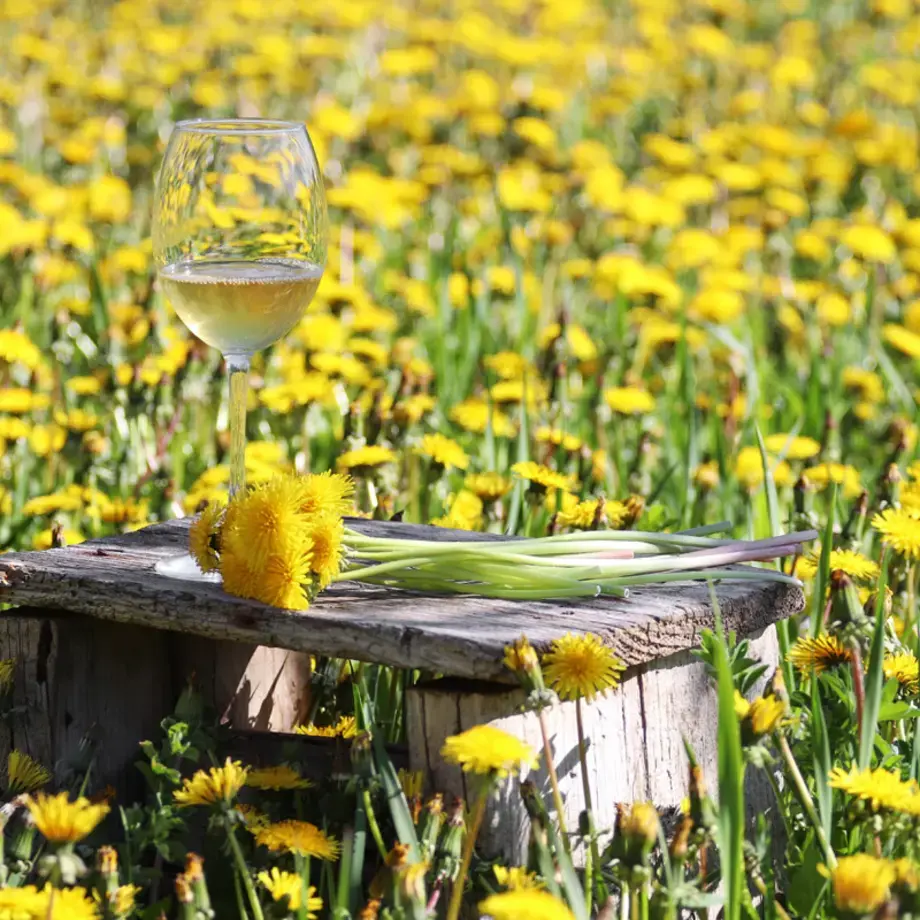Thoroughly cleaning leeks is important to prepare them perfectly for your dish. With its many layers, a leek can often conceal bits of dirt and sand. Begin by trimming off the root end and the darker green tops, which are typically firmer and less frequently used in cooking. Once you have trimmed down to the white and light green parts, slice the leek in half lengthwise. This action opens up the layers, making washing out any hidden grit easier. The most effective method is holding the leek under running water gently fanning the layers. Soaking the leek in a bowl of water works wonders on particularly stubborn bits of dirt, loosening it and making it easier to rinse away. After soaking, give the leek a final rinse. Your leeks are ready to be cut according to your recipe's needs.
How to cut leeks for soups
When preparing leeks for soups, the way you cut them can make a big difference in the dish. Thinly slicing or cutting them into rings allows the leeks to blend seamlessly into the soup, contributing their mild, sweet flavour without overpowering the other ingredients. After cleaning the leeks, lay them flat on your cutting board. Gently slice them across the length you've prepared with a sharp knife. This method produces perfect pieces that soften beautifully as they simmer in the broth. Whether you're making a classic leek and potato soup or adding them to a minestrone, these thinly sliced leeks will be a subtle yet significant addition to your culinary creation.
How to julienne leeks
Julienning leeks is a technique that can add elegance and texture to various dishes. This method involves cutting the leeks into long, thin strips, which not only enhances the presentation but also allows the leeks to cook quickly and evenly. To create these fine strips, it's important to first clean the leeks thoroughly and use a sharp knife to cut them carefully. Maintaining a consistent size in your cuts is key to ensuring the leeks will cook uniformly. Whether you’re garnishing a salad, adding them to a stir-fry, or using them as a delicate topping, julienned leeks offer a delightful combination of tenderness and a slight crunch. Their subtle, sweet flavour makes them a versatile and attractive addition to a wide range of dishes.
What part of the leeks do you cut?
Understanding which part of the leek to use in your cooking is key to making the most of this flavourful vegetable. Leeks are composed of white and light green parts at the base, which are tender and most commonly used in recipes. These sections offer a milder and sweeter taste, making them ideal for a variety of dishes. The darker green tops, while edible, are firmer and have a more intense flavour. They are often set aside for specific uses, such as making stock where their robust taste can be a valuable addition. It's all about using the right part of the leek for the right dish – the tender base for delicate flavours, and the green tops for heartier, more flavourful broths. This way, not only do you maximise the use of the vegetable, but you also bring out the best in its diverse flavour profile.
What to do with the ends of the leeks
Considering what to do with the ends of leeks can be a delightful exercise in culinary creativity and sustainability. While the root ends and the darker green tops might not be the first choice for many recipes, they are far from useless. These parts of the leek, often overlooked, can be ingeniously repurposed. With their concentrated flavour, the root ends make excellent additions to homemade stocks and broths, infusing them with depth and richness. Though a bit firmer, the dark green tops can also contribute robust flavours in slow-cooked dishes. For those interested in sustainable cooking practices, these parts of the leek offer a fantastic opportunity to minimise waste. By utilising the entire leek, you not only enhance your dishes but also contribute to a more sustainable way of cooking, turning what might have been discarded into something delicious and useful.
How to clean and cut leeks: a video
In a brief video, Dani Spies gives us the lowdown on cleaning and chopping leeks. Because leeks often have soil trapped in them, giving them a proper rinse before cooking is essential. The video is snappy and to the point, split into two main sections. Initially, Spies demonstrates how to wash and slice leeks into rings or half rings using a bowl of cold water and a colander. In the latter part, when prepping whole leeks, you'll need a trusty knife and a chopping board. Fancy getting the full scoop on prepping leeks? Watch the video, below.









